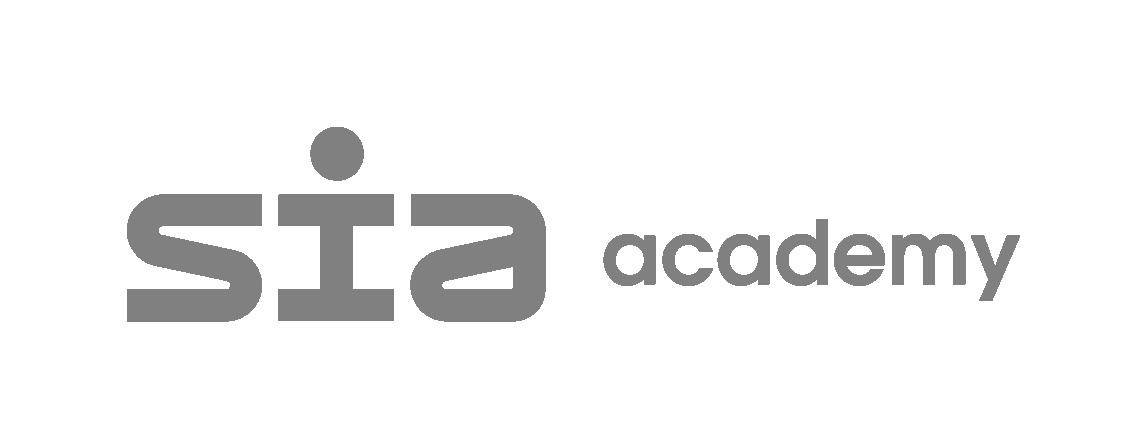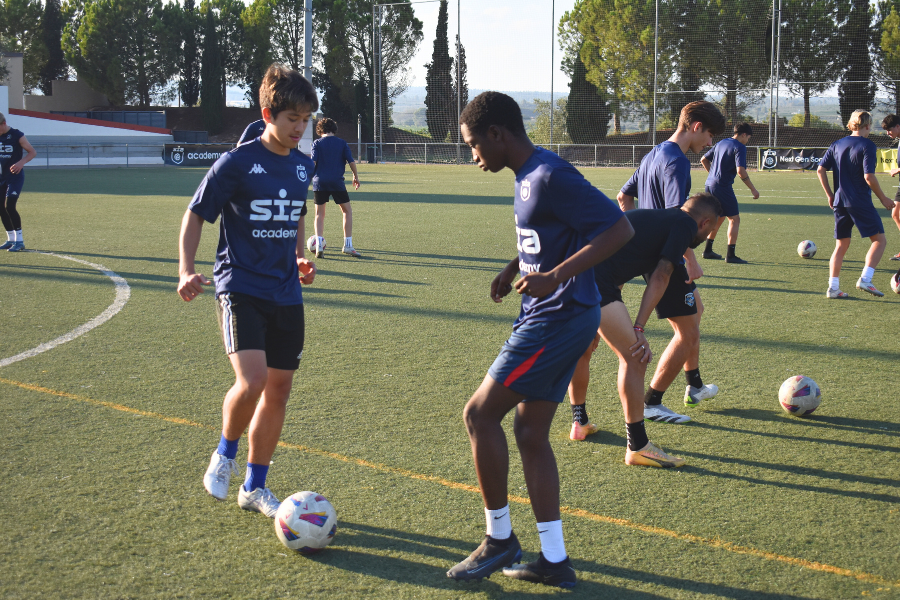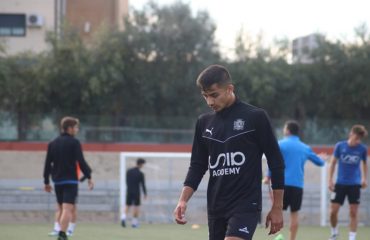Soccer is one of the most popular sports in the world, with millions of people playing it at both amateur and professional levels. While both levels share the same passion for the sport, there are key differences ranging from training to the daily lives of the players. Understanding these differences is essential to grasp how a player can transition from amateur to professional soccer.
Table of contents
Professional and amateur competition level
One of the most noticeable differences between amateur and professional soccer is the level of competition. In professional soccer, players face an extremely high level of skill. Teams are composed of players who have proven their ability in high-level competitions, such as national and international leagues, club tournaments, and national teams.
In contrast, amateur soccer typically features a more diverse skill level. While there are talented players, not all have the same experience or dedication to reach a good level. The competition is less intense, and most matches are recreational.
SIA Academy focuses on developing young talent to compete at a high level. Through high-level training and a comprehensive approach to developing technical, tactical, and physical skills, the academy helps bridge the gap between amateur and professional soccer.
Training and physical preparation
Training is another area where major differences can be observed. Professional soccer players train daily with a highly specific focus on improving every aspect of their game. They have access to specialized coaches, physiotherapists, nutritionists, and other experts to ensure their physical and mental performance. Physical training is designed to enhance endurance, speed, strength, agility, and other critical attributes.
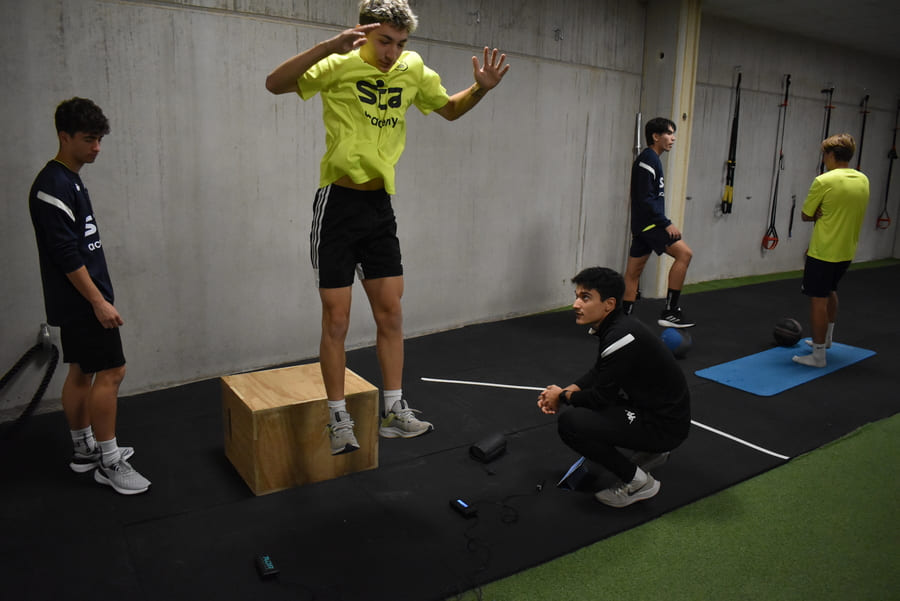
On the other hand, amateur players generally train less rigorously, often only on weekends or in their free time. While some amateur coaches are highly skilled, access to professional resources such as state-of-the-art facilities and highly trained staff is limited. This is not the case at SIA Academy, where all players benefit from top-tier conditions and resources for soccer training.
Mental and psychological preparation for football
The mental aspect of professional soccer is crucial. Players must handle the pressure of important matches, constant competition, and the expectations of both coaches and fans. Additionally, this players must maintain strict discipline in their daily lives, including their diet, rest routines, and overall lifestyle.
In amateur soccer, mental pressure is not as intense, as players are not subjected to the same expectations. Most play for enjoyment, making the mental aspect of the game less significant compared to professional soccer.
SIA Academy works closely with its players on this front, providing psychological training and mental coaching to help them handle pressure, strengthen their character, and develop the winning mentality needed in professional soccer. A player’s mindset is a key factor in achieving success at the highest levels.
Financial aspects and lifestyle
One of the most striking differences between amateur and professional soccer is the financial aspect. Professional players earn salaries that allow them to make a living solely from their careers, and many enjoy a luxurious lifestyle with million-dollar contracts, sponsorships, and image rights deals.
In contrast, amateur soccer does not generate income for players, who usually have jobs or studies outside of soccer. Although some amateur players may receive small compensations, most play out of passion, without the expectation of earning significant financial rewards. Some amateur players, particularly young ones, see amateur leagues as a stepping stone toward professional soccer.
For players aspiring to move from amateur to professional soccer, SIA Academy provides the opportunity to refine their skills and stand out in good teams, potentially leading to contracts and an international career. The academy not only prepares them athletically but also educates them on career management and financial opportunities in professional soccer.
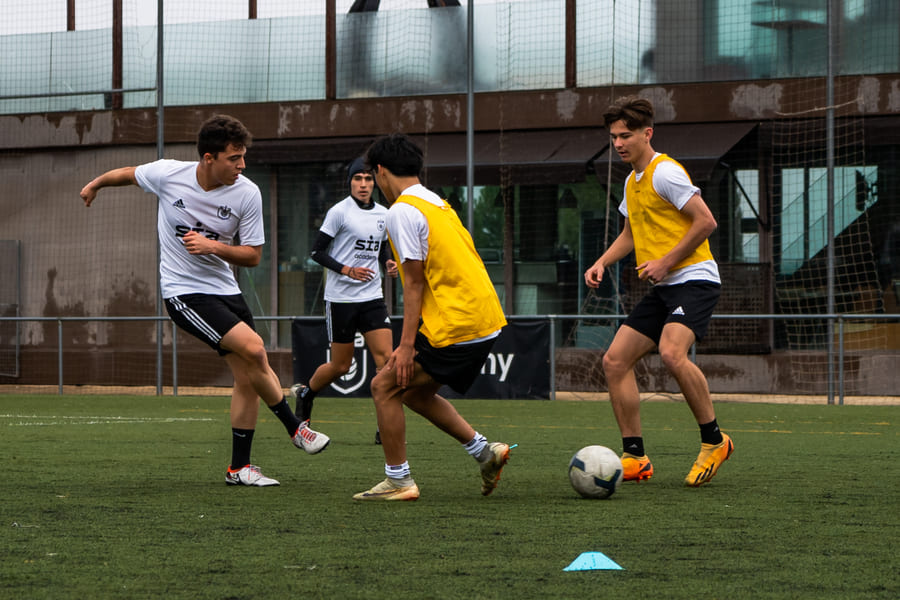
Infrastructure and technology for the practice of football
Infrastructure is another key difference in professional soccer. Pro teams have top-tier facilities, training fields, gyms, performance analysis cameras, and other advanced technological resources.
On the other hand, amateur teams often have more limited facilities and do not always have access to technology that helps improve performance. However, some soccer academies, such as SIA Academy, are investing in technology to enhance player development. They utilize advanced performance analysis systems, simulation technology, and video analysis to help players identify areas for improvement and optimize their performance on the field.
Football international opportunities
In professional soccer, international opportunities are common. Players can have the chance to play for foreign teams, represent their countries on national teams, or even sign with top international clubs. A professional player’s career can span various leagues and countries.
In amateur soccer, international opportunities are far more limited. While amateur players may participate in international youth tournaments, it is less likely that they will have an international career.
